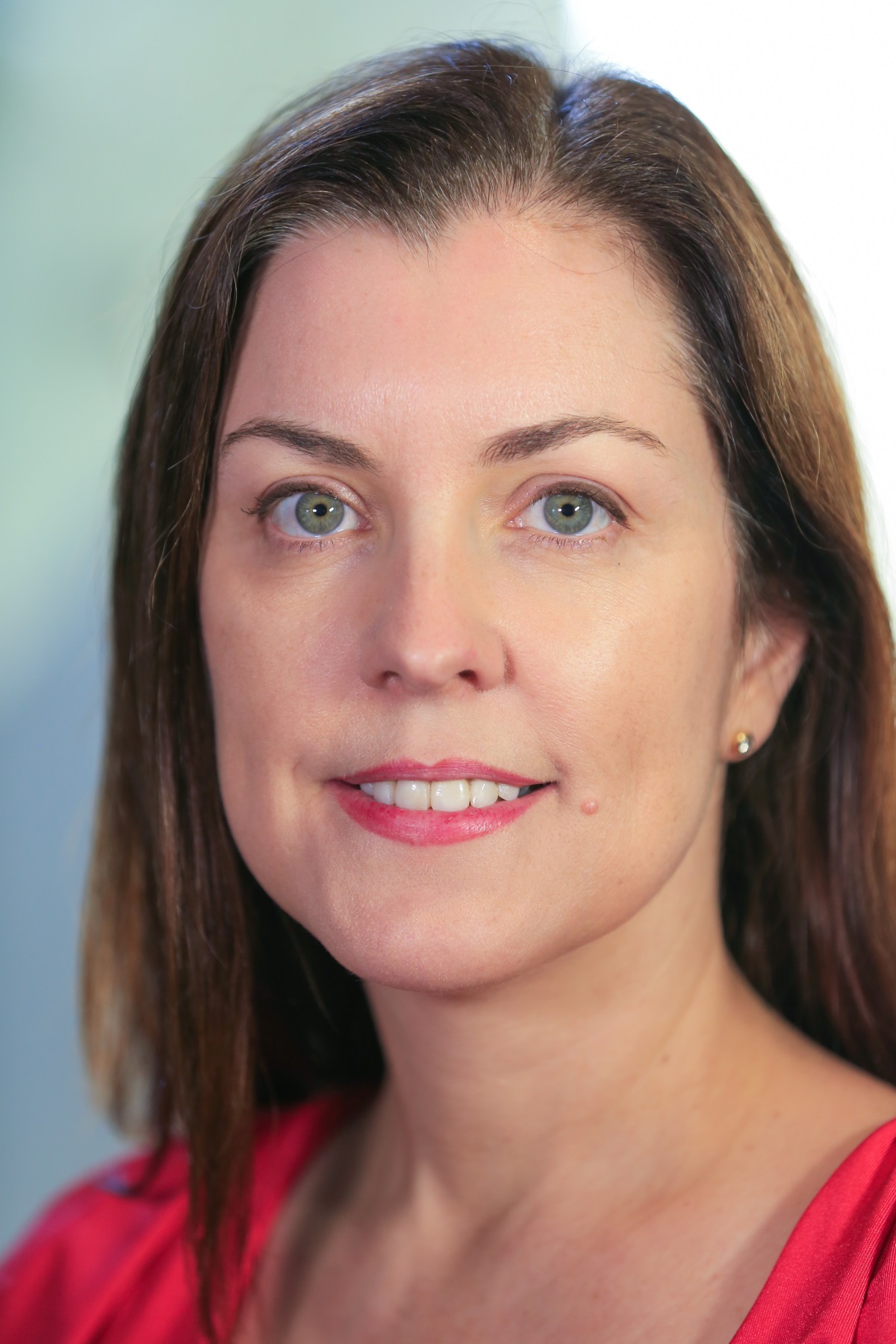Hackers using new technology may change the nature of insider trading
- Written by Trevor Watson

The level of insider trading on the world’s stock exchanges may be on the rise as criminal gangs attempt to hack into computer networks to obtain sensitive market information, according to a leading researcher at the University of Sydney Business School.
Dr Juliette Overland, who is an Associate Professor in the School’s Discipline of Business Law, says that information relating to proposed takeovers and acquisition can drive up share prices by as much as 10 per cent.
“As a result, this sort of information, if it can be obtained prior to its market release, is highly prized by those who wish to engage in insider trading,” Dr Overland said.
She predicts that increasingly companies will require assurances that levels of cyber security are sufficient to safeguard confidential information before entering into negotiations with other parties.
“In the past we tended to think of insider trading as an activity primarily engaged in by people connected to a company, because they were the only ones who had access to inside information,” said Dr Overland. “These days outsiders, such as sophisticated hackers, are using technology to try to gain access to inside information held by companies, regulators and other organisations.”
She went on to say that “we are now seeing examples of gangs trying to hack into computer systems, particularly in the United States, in order to access information in advance of it being made available to the market”.
While companies are vulnerable, so too, says Dr Overland, are the regulators that police the market. “Unfortunately for ASIC, it has itself been involved in a technology glitch that enabled people to see on its website the information that others had been accessing, which raised privacy and potential insider trading concerns.”
Modern communications technology also makes it easier, Dr Overland says, for individuals or gangs to share sensitive information without being detected.
However, Dr Overland also points out that computer technology has allowed regulators to track and apprehend careless insider traders who create a revealing digital footprint which can be detected by regulators using new technology as an enforcement tool.
“In the US last year, an academic at MIT was charged with insider trading after he searched questions online such as ‘how do I do insider trading?’, and ‘how does the regulator detect insider trading?”
Dr Overland rejects claims that insider trading is a victimless crime. “The first victim is obviously the counter party to the trade or the person who trades with the insider. Due to the anonymous nature of share trading, most people would never know that the person they sold shares to or bought shares from was aware of inside information prior to trading,” she said.
Dr Overland also noted that insider trading can damage the integrity of the securities market because it can reduce investor confidence.
“But all of us have the potential to be victims of insider trading because almost every working Australian has superannuation and the latest figures show that there’s over $2.1 trillion worth of superannuation held on behalf of Australian workers and about 22% of that is invested on the Australian stock exchange, which is about $4.6 billion worth,” said Dr Overland.
“If insiders can take advantage of the trading that’s occurring for our benefit, we can all potentially be the victims of insider trading, and it’s our future that will suffer if insider trading laws can’t be properly regulated and enforced,” she concluded.











